Granted that the 19th century was the century of socialism, liberalism, democracy, this does not mean that the 20th century must also be the century of socialism, liberalism, democracy. Political doctrines pass; nations remain. We are free to believe that this is the century of authority, a century tending to the ‘right’, a Fascist century. If the 19th century was the century of the individual (liberalism implies individualism) we are free to believe that this is the ‘collective’ century, and therefore the century of the State.
 The word fascism is derived from the fasces, a bundle of (13) rods with a hatchet head. The bundle of rods symbolize the union of the individual states and territories of the empire (out of many, one) and the hatchet head symbolizes the ruling authority over them.
The word fascism is derived from the fasces, a bundle of (13) rods with a hatchet head. The bundle of rods symbolize the union of the individual states and territories of the empire (out of many, one) and the hatchet head symbolizes the ruling authority over them.
Merriam-Webster describes fascism as…
A political philosophy, movement, or regime that exalts nation and often race above the individual and that stands for a centralized autocratic government headed by a dictatorial leader, severe economic and social regimentation, and forcible suppression of opposition.
The American Heritage Dictionary describes fascism as…
A system of government that exercises a dictatorship of the extreme right, typically through the merging of state and business leadership, together with belligerent nationalism.
Benito Mussolini believed Fascism should more appropriately be called Corporatism, because it is a merger of State and corporate power. With complete control of the nation’s media, Mussolini used terrorism to systematically disassemble Italy’s democratic system to create a fascist state; Adolf Hitler followed his example in Germany.
Terrorism: [noun] the systematic use of fear/terror, especially as a means of coercion
This German stamp displays the fasces and the mace.

The fasces adorns an Italian stamp printed during the reign of Mussolini.
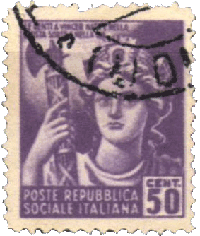
A pair of fasces stand behind both sides of the podium inside the U.S. House chamber.
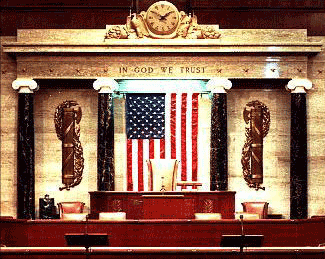
In 1916, the head of a winged-capped Liberty was put on the U.S. dime and is commonly known by the misnomer of Mercury dime. The back featured a fasces.
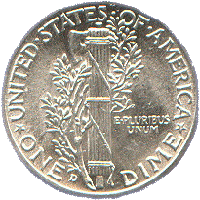
Colorado State University’s seal contains the fasces, along with many other symbols.

The Inspector General insignia has three distinct parts: the sword, the fasces and the wreath of olive and laurel branches. The wreath ties the sword and fasces together. The inscription Droit et Avant is French and literally means right and forward.
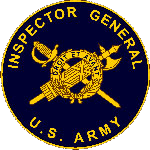
The National Guard Bureau insignia displays two crossed gold-colored fasces superimposed on an eagle. The original design and model were made by Anthony de Francisci, the Sculptor, and were approved by the Commission of Fine Arts.
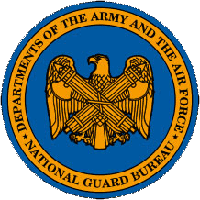
The Seal of the United States Senate includes a scroll inscribed with E Pluribus Unum floating across a shield with thirteen stars on top and thirteen vertical stripes on the bottom. Olive and oak branches run along the sides of the shield, and a Phrygian cap and crossed fasces on the top and bottom. Louis Dreka, an engraver and stationer from Philadelphia, received $35 to produce this seal, which is still in use today.
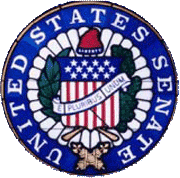
Images of Liberty and the fasces adorned early American currency.
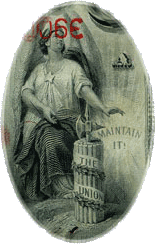
In the rotunda of the Capitol in Richmond, Jean-Antoine Houdon’s statue of George Washington has stood for more than 200 years with his left hand resting upon the fasces. This statue is considered to be Washington’s most accurate likeness.
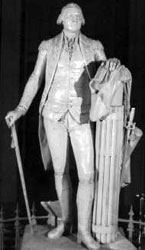
This Roman symbol even adorns the front side of the arms on the seat at Lincoln’s memorial in Washington D.C.
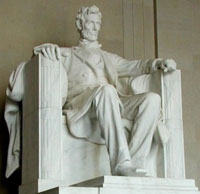
At first, in the early days of his power, he is full of smiles, and he salutes everyone whom he meets; he to be called a tyrant, who is making promises in public and also in private! liberating debtors, and distributing land to the people and his followers, and wanting to be so kind and good to everyone! But when he has disposed of foreign enemies by conquest or treaty, and there is nothing to fear from them, then he is always stirring up some war or other, in order that the people may require a leader. Has he not also another object, which is that they may be impoverished by payment of taxes, and thus compelled to devote themselves to their daily wants and therefore less likely to conspire against him. And if any of them are suspected by him of having notions of freedom, and of resistance to his authority, he will have a good pretext for destroying them by placing them at the mercy of the enemy; and for all these reasons the tyrant must be always getting up a war. He must.
Why, of course, the people don’t want war, why would some poor slob on a farm want to risk his life in a war when the best that he can get out of it is to come back to his farm in one piece. Naturally, the common people don’t want war; neither in Russia nor in England nor in America, nor for that matter in Germany. That is understood. But, after all, it is the leaders of the country who determine the policy and it is always a simple matter to drag the people along, whether it is a democracy or a fascist dictatorship or a Parliament or a Communist dictatorship…..voice or no voice, the people can always be brought to the bidding of the leaders. That is easy. All you have to do is tell them they are being attacked and denounce the pacifists for lack of patriotism and exposing the country to danger. It works the same way in any country.
- Herman Goering, during the Nuremberg Trials
Let us keep in mind that all people of all countries want peace, only their governments want war.
- Dwight D. Eisenhower
Related Pages ¶
PDF Files ¶
- War is a Racket, Smedley Butler
- Wall Street and the Rise of Hitler, Anthony Sutton
- Wall Street and the Bolshevik Revolution, Anthony Sutton
- Wall Street and FDR, Anthony Sutton
- The Best Enemy Money Can Buy, Anthony Sutton
- The Best Democracy Money Can Buy, Anthony Sutton
- Agency of Fear: Opiates and Political Power, Edward Jay Epstein
- Treason’s Peace: German Dyes American Dupes, Howard Watson Ambruster
- The Grand Chessboard, Zbigniew Brzezinski
- Vision for 2020, United States Space Command
- 2003: The Bush Administration’s Contracts with Halliburton
- 2005: Building a North American Community, Council on Foreign Relations